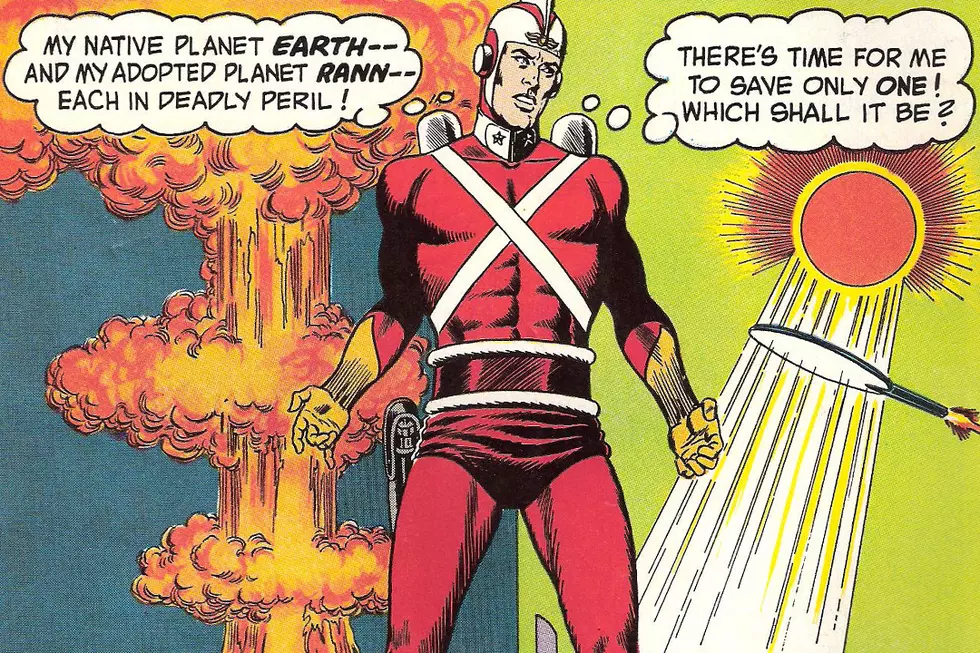
Of Mysteries And Martians: The Best Silver Age Sci-Fi Covers Ever
While the Golden Age established comics as a medium, the Silver Age was when comic book art really came into its own. And it's worth noting that comics' Silver Age corresponded with a wider cultural fascination with science fiction. The actual Space Race was in full swing, and everybody was thinking about rocket ships, alien monsters, and the wonders of science.
This gallery collects some of the best sci-fi comic book covers of the Silver Age, featuring strange invaders, curious tech, and multiple threats to life as we know it.









